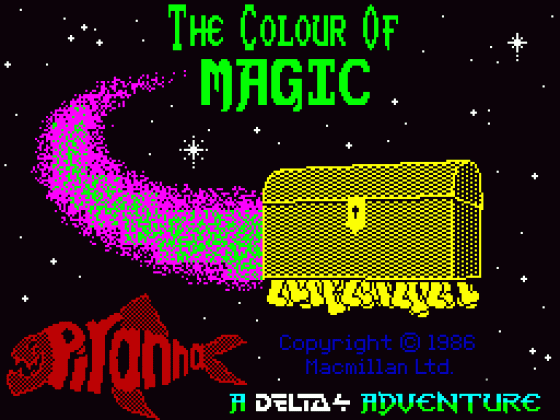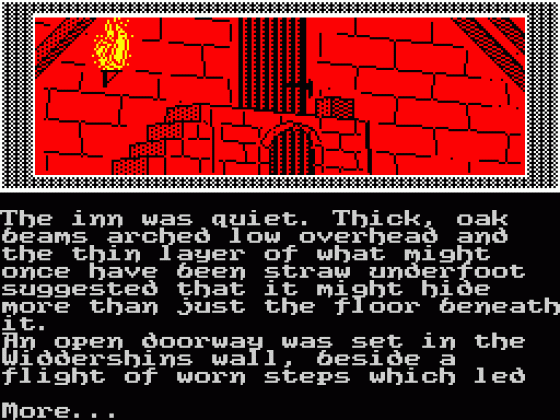Other Reviews Of The Colour Of Magic For The Spectrum 48K/128K
The Colour Of Magic (Piranha)
A review by Mike Gerrard (Your Sinclair)
The Colour Of Magic (Piranha/Delta 4)
A review
The Colour Of Magic (Piranha/Delta 4)
A review by Richard Price (Sinclair User)
The Colour Of Magic (Piranha/Delta 4)
A review


 1st February 1987
1st February 1987






